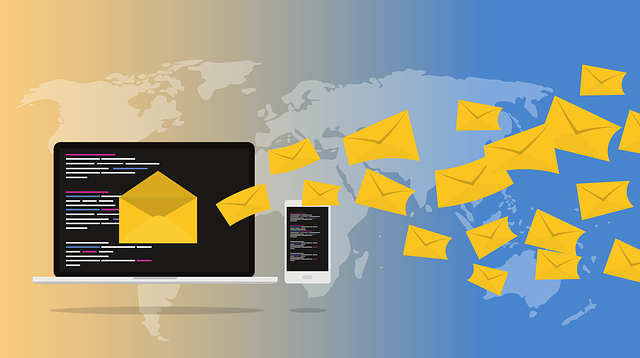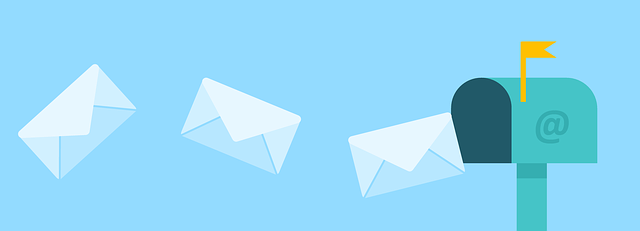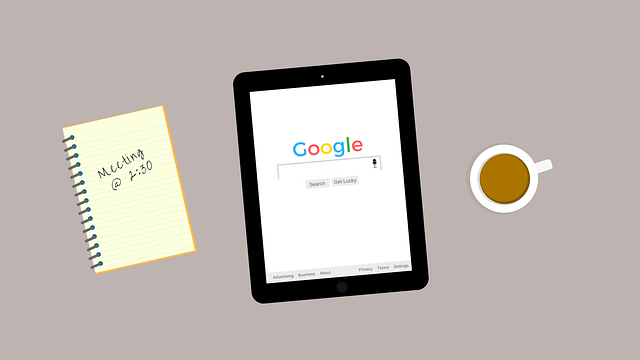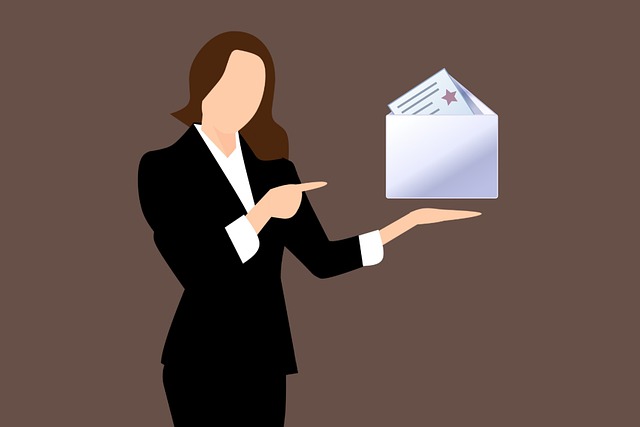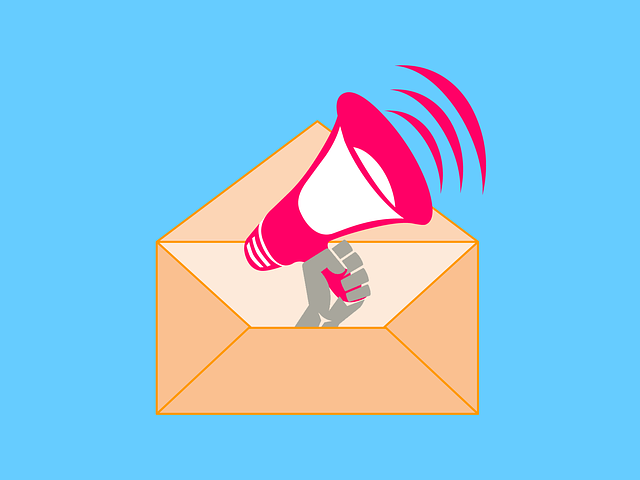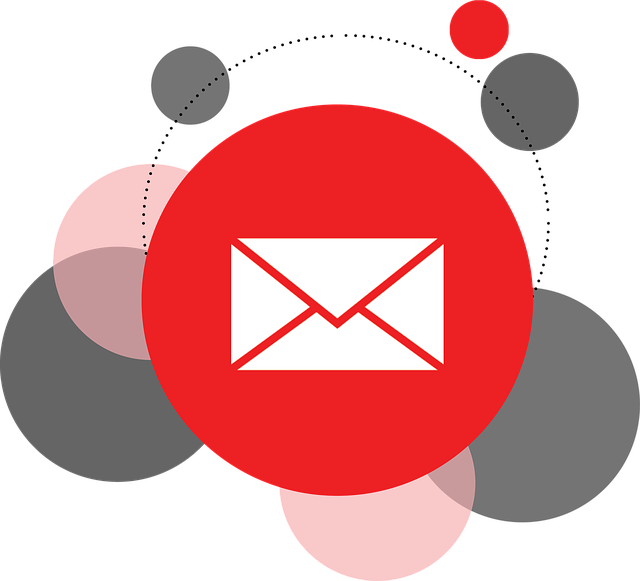Are you ready to unlock the secrets behind successful email marketing campaigns?
Imagine this: you wake up to find your inbox filled with personalized emails from your favorite brands, tailored specifically to your interests and preferences. As you scroll through the messages, you can’t help but feel a sense of excitement and anticipation. Each email is like a little gift, offering you exclusive deals, helpful tips, and engaging content.
This scenario is not a pipe dream – it’s the power of email marketing done right. In this article, we will delve into the strategies employed by well-known brands to drive customer engagement, build trust, create a sense of community, and ultimately, boost sales.
Through real-life case studies, we will analyze how Nike leverages personalization, how Airbnb effectively communicates to encourage bookings, how Starbucks fosters loyalty through email marketing, and much more.
Prepare to be inspired as we uncover the data-driven tactics used by these brands to captivate their audiences and achieve remarkable results. Get ready to take your email marketing game to the next level, armed with the knowledge and insights gained from these successful case studies.
Key Takeaways
- Personalization is a key component in successful email marketing strategies, leading to higher open rates, click-through rates, and conversions.
- Incorporating positive guest reviews, local recommendations, and engaging storytelling in emails helps build authenticity, trust, and excitement among customers.
- Interactive elements, such as quizzes and virtual makeovers, in emails encourage customer participation and drive sales.
- Utilizing data-driven methods, such as analyzing customer behavior and segmenting the customer base, allows brands to create targeted and compelling email campaigns that enhance the customer experience and increase the likelihood of a purchase.
Nike: Leveraging Personalization to Drive Customer Engagement
Are you ready to discover how Nike leveraged customer data to captivate and engage their customers like never before?
By using personalization strategies in their email marketing campaigns, Nike was able to increase open rates and drive customer engagement to new heights. They analyzed their customer data to create highly targeted and personalized email content, delivering messages that resonated with each individual recipient.
Nike used dynamic content to showcase products based on the recipient’s browsing and purchasing history, making the emails feel tailored specifically to them. This level of personalization not only increased open rates but also led to higher click-through rates and conversions.
By leveraging customer data, Nike was able to create a more meaningful and personalized email experience, strengthening their relationship with customers and driving loyalty.
Now, let’s explore how Airbnb built trust and encouraged bookings through effective email communication.
Airbnb: Building Trust and Encouraging Bookings through Effective Email Communication
Build trust and boost your bookings on Airbnb by mastering effective email communication. Email marketing is a powerful tool for building customer trust and increasing booking conversions. By crafting personalized and informative emails, Airbnb has successfully created a sense of reliability and transparency, ultimately encouraging users to make bookings.
To evoke emotion in your audience, consider incorporating two sub-lists in your emails:
-
Highlight positive guest reviews and testimonials, showcasing the positive experiences of previous guests. This can help potential guests feel more confident in their decision to book with you.
-
Share local recommendations and insider tips, giving your audience a taste of the unique experiences they can have during their stay. This creates a sense of excitement and anticipation.
By implementing these strategies, Airbnb has seen impressive results, with a significant increase in booking conversions.
Transitioning to the next section about Starbucks, we will explore how they’ve used email marketing to create a sense of community and loyalty among their customers.
Starbucks: Creating a Sense of Community and Loyalty through Email Marketing
If you’re a member of Starbucks’ loyalty program, you can expect exclusive offers and rewards that keep you coming back for more.
Engaging storytelling and customer spotlight emails are also a key part of Starbucks’ email marketing strategy, helping to create a sense of community and connection with their customers.
And of course, Starbucks knows how to make their seasonal and limited-time products irresistible, using email marketing to promote these offerings and drive sales.
Exclusive offers and rewards for loyalty program members
Discover the irresistible perks and exclusive rewards awaiting you as a member of our loyalty program. Join our program today and unlock a world of benefits designed to keep you coming back for more.
As part of our customer retention strategies, we offer our loyal members a range of exclusive offers and rewards. Here are five reasons why our loyalty program is so effective in keeping our customers engaged and committed:
- Access to limited-time promotions and discounts
- Early access to new product releases
- Freebies and samples with every purchase
- Personalized recommendations based on your preferences
- Invitations to exclusive events and experiences
By offering these enticing rewards, we have seen a significant increase in customer retention and loyalty.
Now, let’s dive into how our engaging storytelling and customer spotlight emails further enhance our email marketing strategy.
Engaging storytelling and customer spotlight emails
Immerse yourself in captivating narratives and be inspired by the success stories of our valued customers through our engaging storytelling and customer spotlight emails.
Our emails are carefully crafted to tell the stories of real customers who’ve achieved remarkable results using our products or services. By sharing these customer testimonials, we aim to create a sense of authenticity and trust, allowing our subscribers to connect with the experiences of others and envision their own success.
These emails not only serve as a source of inspiration but also provide valuable insights into how our products or services can solve specific problems or fulfill certain needs. As you read through these stories, you’ll discover the power of our offerings and be motivated to take action.
Now, let’s explore how we promote seasonal and limited-time products to further enhance your experience.
Promoting seasonal and limited-time products
When you browse through our latest promotions, you’ll find irresistible seasonal and limited-time products that add a touch of exclusivity to your shopping experience.
Seasonal promotions are a powerful tool for driving sales and creating a sense of urgency among customers. Limited time offers create a fear of missing out, encouraging customers to make a purchase sooner rather than later.
Brands such as Apple and Starbucks have successfully utilized this strategy by introducing seasonal products like the iPhone SE and the Pumpkin Spice Latte. By creating a sense of scarcity and exclusivity, these brands have been able to generate excitement and increase customer engagement.
This is just one example of how email marketing can be used to promote seasonal and limited-time products.
Transitioning into the subsequent section about Sephora, we can see how they drive sales and customer engagement with interactive and personalized emails.
Sephora: Driving Sales and Customer Engagement with Interactive and Personalized Emails
You’ll be amazed by how Sephora drives sales and enhances customer engagement through interactive and personalized emails.
Sephora’s email marketing strategy leverages interactive email designs and personalized product recommendations to create a highly engaging and tailored experience for their customers. By incorporating interactive elements such as quizzes, product try-ons, and virtual makeovers, Sephora encourages customers to actively participate with their emails, increasing the likelihood of conversions.
Additionally, Sephora analyzes customer data to provide personalized product recommendations, taking into account factors such as past purchases, browsing history, and skin type. This level of personalization not only improves the customer experience but also drives sales by showcasing products that align with individual preferences.
Sephora’s strategic use of interactive and personalized emails sets them apart in the competitive beauty industry, fostering deeper customer engagement and ultimately boosting sales.
Now, let’s explore how Amazon harnesses the power of behavioral data for targeted email campaigns.
Amazon: Harnessing the Power of Behavioral Data for Targeted Email Campaigns
Amazon taps into the power of customer behavior to craft targeted and compelling email campaigns that resonate with individual preferences and drive conversions. Leveraging behavioral data analysis, Amazon is able to deliver highly personalized content that speaks directly to each customer’s interests and buying habits. This data-driven approach allows Amazon to create a seamless and personalized shopping experience, increasing customer engagement and loyalty.
To achieve this, Amazon utilizes two key strategies:
-
Segmentation: Amazon segments its customer base into specific groups based on their browsing and purchase history, allowing them to tailor email campaigns to each segment’s interests and preferences.
-
Personalization: By analyzing individual customer behavior, Amazon is able to deliver product recommendations and personalized offers, increasing the likelihood of a purchase.
By harnessing the power of behavioral data, Amazon is able to create targeted email campaigns that drive customer engagement and ultimately lead to increased sales.
Moving on to the next section, let’s explore how Uber uses email marketing as a tool for customer retention and referral programs.
Uber: Using Email Marketing as a Tool for Customer Retention and Referral Programs
When it comes to customer retention and referral programs, Uber utilizes email marketing as a powerful tool. They effectively promote referral discounts and incentives to encourage existing customers to refer their friends and family.
Additionally, Uber sends regular updates to their customers, keeping them informed about new features and enhancements to their app. This helps to maintain engagement and loyalty.
Furthermore, Uber delivers personalized offers to their customers based on their ride history and preferences. This creates a more tailored and individualized experience.
Promoting referral discounts and incentives
Don’t miss out on the chance to score amazing deals and rewards by spreading the word about your favorite brands! Referral programs have proven to be a great success in increasing customer engagement and loyalty. To measure the effectiveness of referral incentives, brands often use data-driven methods. By analyzing the conversion rates and customer acquisition costs associated with different incentives, companies can determine which ones are most effective in driving referrals. For example, Uber offers referral discounts to both the referrer and the referee, incentivizing both parties to participate. This strategy has resulted in a significant increase in customer retention and acquisition for the company.
To help you understand the impact of referral incentives, here is a table showcasing the success of Uber’s referral program:
| Incentive Offered | Conversion Rate | Customer Acquisition Cost |
|---|---|---|
| $10 Off | 15% | $5 |
| $20 Off | 20% | $7 |
| Free Ride | 25% | $10 |
As you can see, offering a free ride as an incentive has the highest conversion rate and may be the most cost-effective option for Uber. This data-driven approach allows brands to optimize their referral programs and maximize their return on investment.
Now, let’s move on to the next section, where we will discuss the importance of regular updates on new features and enhancements.
Regular updates on new features and enhancements
Stay up-to-date on the latest features and enhancements to make the most out of your favorite brands’ offerings. Here are four reasons why receiving regular updates on new features and enhancements is crucial for your email marketing strategy:
-
Stay ahead with new email design trends: By being informed about the latest design trends, you can ensure that your emails are visually appealing and engaging, capturing your audience’s attention.
-
Optimize email deliverability: Regular updates allow you to stay informed about changes in email deliverability best practices, helping you avoid spam filters and ensuring that your emails reach your subscribers’ inboxes.
-
Enhance customer experience: By keeping your customers informed about new features and enhancements, you can provide them with a better user experience, leading to increased customer satisfaction and loyalty.
-
Drive higher engagement and conversions: Regular updates enable you to leverage new features to create more compelling email campaigns, resulting in improved engagement rates and higher conversion rates.
By keeping your subscribers informed about the latest features and enhancements, you can create personalized offers based on ride history and preferences.
Personalized offers based on ride history and preferences
Immerse yourself in a world of tailored offers, where every ride is a personalized journey based on your unique ride history and preferences. Experience the power of customized recommendations that are meticulously crafted using data from your previous purchases and browsing history.
This level of personalization allows brands to understand your needs and desires, providing you with offers that resonate with you on a deeper level.
Moreover, email marketing strategies now include tailored promotions for specific customer segments and demographics. By understanding the diverse preferences and behaviors of different customer groups, brands are able to create targeted offers that speak directly to their interests.
Whether you’re a frequent traveler, a food lover, or a fashion enthusiast, you can expect to receive promotions that cater specifically to your passions.
Personalized offers based on ride history and preferences are revolutionizing email marketing. With the use of data-driven insights, brands can now deliver highly relevant offers that enhance the customer experience and build stronger connections with their audience.
Frequently Asked Questions
How does Nike use personalization in their email marketing to drive customer engagement?
Nike effectively uses personalization in their email marketing to drive customer engagement. They create a personalized experience that resonates with customers by tailoring content to individual preferences and behaviors. For example, they send targeted product recommendations based on previous purchases or browsing history. This level of personalization not only increases open and click-through rates but also fosters a stronger connection between Nike and its customers. Ultimately, this leads to increased engagement and loyalty.
What strategies does Airbnb employ in their email communication to build trust and encourage bookings?
To build trust and encourage bookings, Airbnb adopts effective email communication strategies. They skillfully employ personalization, ensuring that emails are tailored to individual users. By addressing recipients by their names and providing personalized recommendations, Airbnb establishes a sense of familiarity and trust.
Additionally, they utilize social proof by featuring positive guest reviews and ratings, which boosts credibility. Through timely and targeted emails, Airbnb successfully drives engagement and conversions, making them a prime example in email marketing case studies.
How does Starbucks create a sense of community and loyalty through their email marketing efforts?
Starbucks fosters a sense of community and loyalty among customers through their email marketing approach. They do this by sending personalized offers, exclusive discounts, and highlighting community initiatives. This creates a feeling of belonging and inclusivity. Starbucks also encourages customer engagement by featuring user-generated content and hosting events. This approach has proven successful in building long-term relationships with customers, increasing brand loyalty, and driving repeat business.
What interactive and personalized email techniques does Sephora use to drive sales and customer engagement?
Sephora’s email marketing success lies in its interactive campaigns and personalized discounts. By using interactive elements like quizzes, polls, and games, Sephora engages customers and drives sales. These campaigns not only provide entertainment but also gather valuable data for targeted marketing.
Furthermore, Sephora’s personalized discounts based on customers’ preferences and purchase history create a sense of exclusivity, encouraging them to make repeat purchases and increasing customer loyalty.
Overall, Sephora’s data-driven and personalized approach has proven instrumental in driving sales and customer engagement.
How does Amazon harness behavioral data to create targeted email campaigns?
To create targeted email campaigns, Amazon harnesses the power of AI and effectively utilizes customer behavior data.
By analyzing customers’ browsing and purchasing behavior, Amazon tailors their email content to provide personalized recommendations and promotions.
This data-driven approach allows Amazon to deliver highly relevant and engaging emails that resonate with each individual customer.
With AI technology, Amazon continuously optimizes their email marketing strategies to drive higher conversions and customer satisfaction.
Conclusion
As you wrap up this exploration of email marketing case studies, you can’t help but be amazed by the power of personalized and interactive emails.
Brands like Nike, Airbnb, Starbucks, Sephora, Amazon, and Uber have leveraged this strategy to drive customer engagement, build trust, create a sense of community, drive sales, and retain customers.
Their success stories serve as a reminder that data-driven email marketing campaigns can be a game-changer for any brand.
So, don’t underestimate the potential of email marketing – it’s like a golden ticket to connect with your audience on a whole new level.

